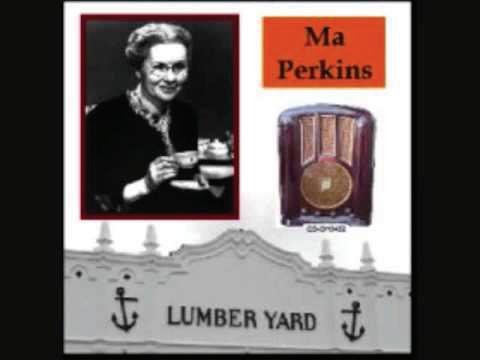
3 minute read
Lesson 2.1: Visual literacy: The elements of art and the principles of design
Define
The elements of art: Various aspects used to analyse a work of art. These include line, shape, form, space, value, colour and texture.
The principles of design: The basic means an artist uses to organise the visual elements in an artwork. These include balance, contrast, emphasis, movement, pattern, rhythm and unity/variety.
Pre-Raphaelite Brotherhood: A group of mid-nineteenth-century artists who were opposed to the Royal Academy of Art’s promotion of the Renaissance master, Raphael. They favoured medieval subject matter and displayed extreme attention to detail and maximum realism. Their principal themes were initially religious, but they also used subjects from literature and poetry, particularly those dealing with love and death. They also explored modern social problems. They are also known for the development of the wet white ground technique that produced brilliant colours.
Raphael: An Italian master painter and architect of the High Renaissance.
Medieval: Relating to the Middle Ages (the period in European history from about AD 600 to AD 1500).
Impressionism: Developed in France in the nineteenth century and is based on the practice of painting out of doors and spontaneously ‘on the spot’ rather than in a studio from sketches. Main impressionist subjects were landscapes and scenes of everyday life. They worked quickly and in front of their subjects to capture the fleeting light. They were very aware of light and colour and shiftingpatternsinnature.Brushworkwasfastandbroken,ratherthanfluid to relay the urgency of capturing the light before it was gone.
Lesson 2.1: Visual literacy: The elements of art and the principles of design
Introduction
It is important you understand how the elements of art and principles of design are depicted in artworks. We will look at, analyse and discuss the paintings of the Pre-Raphaelite Brotherhood.
THE ELEMENTS OF ART
The elements of art are the building blocks artists use in their process. They manipulate these elements and combine it with design principles. Not every work of art contains each of these elements, but at least two are always present. It is impossible to create art without them.
The elements of art enable us to:
y describe what an artist has done y analyse an artwork y communicate ourthoughtsandfindingsusingacommonlanguage
y Lines are marks with greater length than width and span a distance between two points. Lines can be horizontal, vertical or diagonal; straight or curved; thick or thin.
Fig. 2.1: Art elements: Line
y Shape refers to a two-dimensional, flat, closed line. Shapes can be geometric, such as squares, circles and triangles; or organic, such as free-form or natural shapes.
y Form refers to three-dimensional shapes which have perceived volume (length, width and depth), e.g., spheres, pyramids, cubes and cylinders.
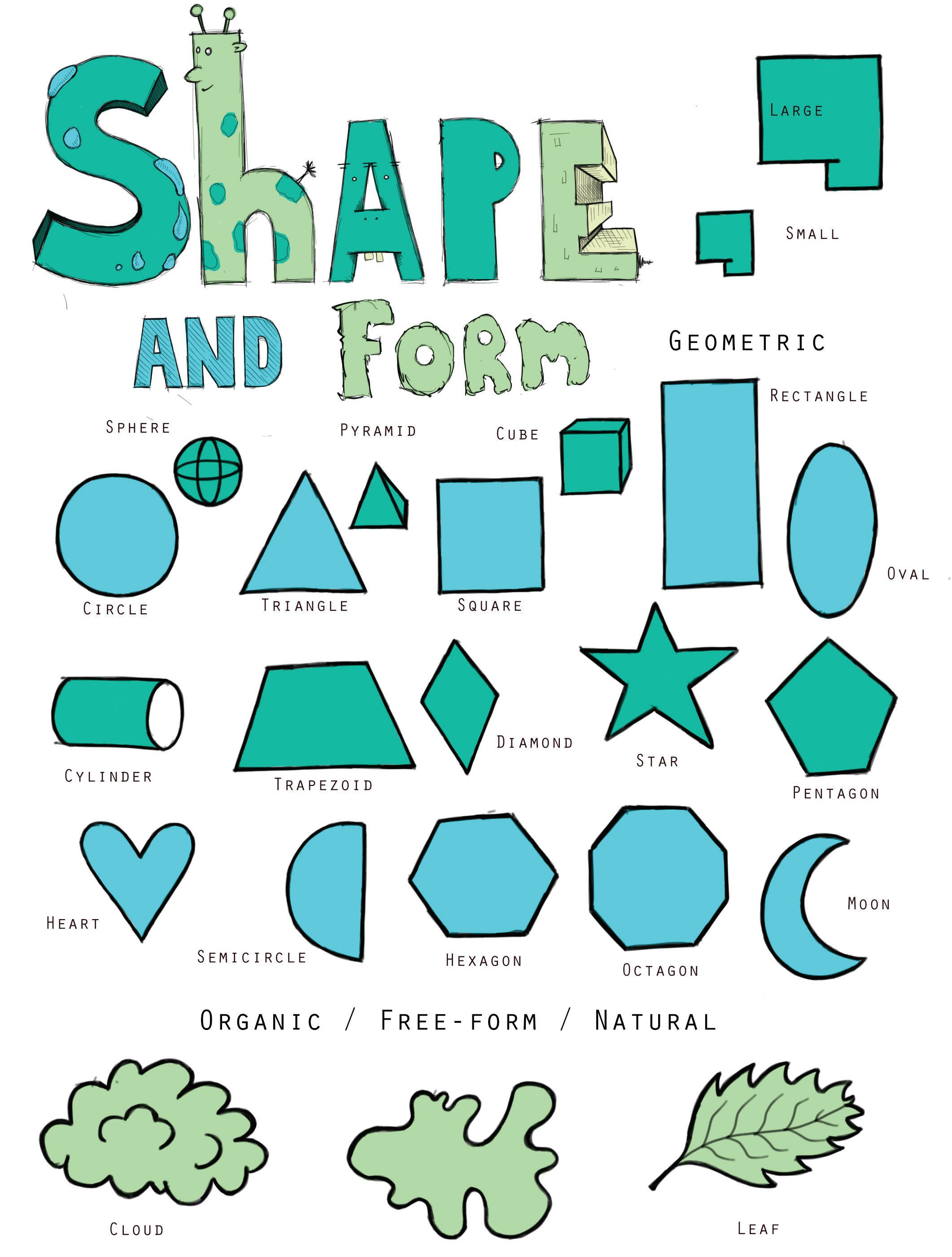
Fig. 2.2: Art elements: Shape and form
y Space is the area between and around objects. The space around objects is often called negative space. Space may also refer to the feeling of depth and is mostly three-dimensional.
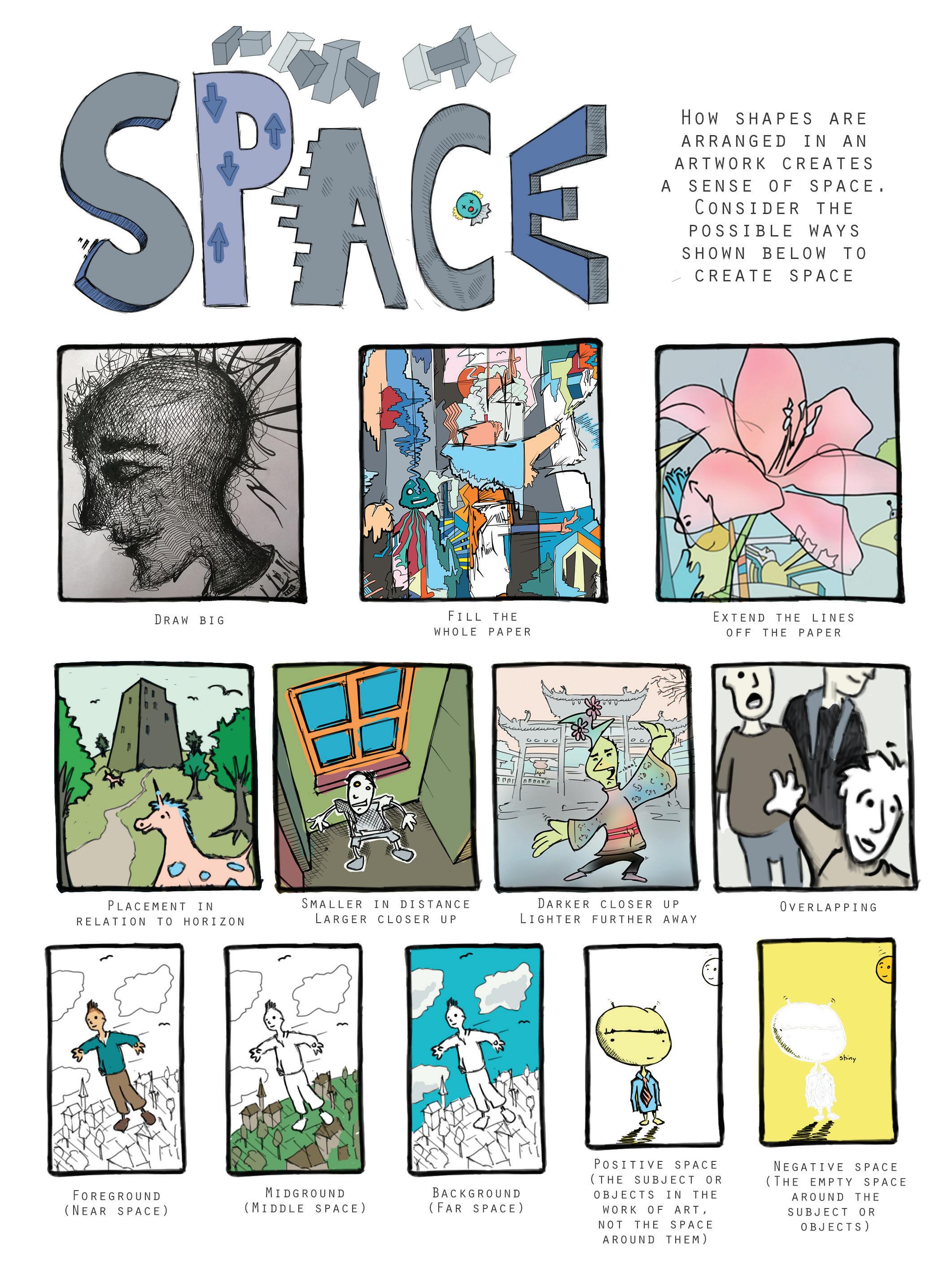
Fig. 2.3: Art elements: Space
y Value is the degree of lightness and darkness of a colour. The difference in values is called contrast. Value may relate to shades, where a colour gets darker by adding black to it, or tints, where a colour gets lighter by adding white to it.
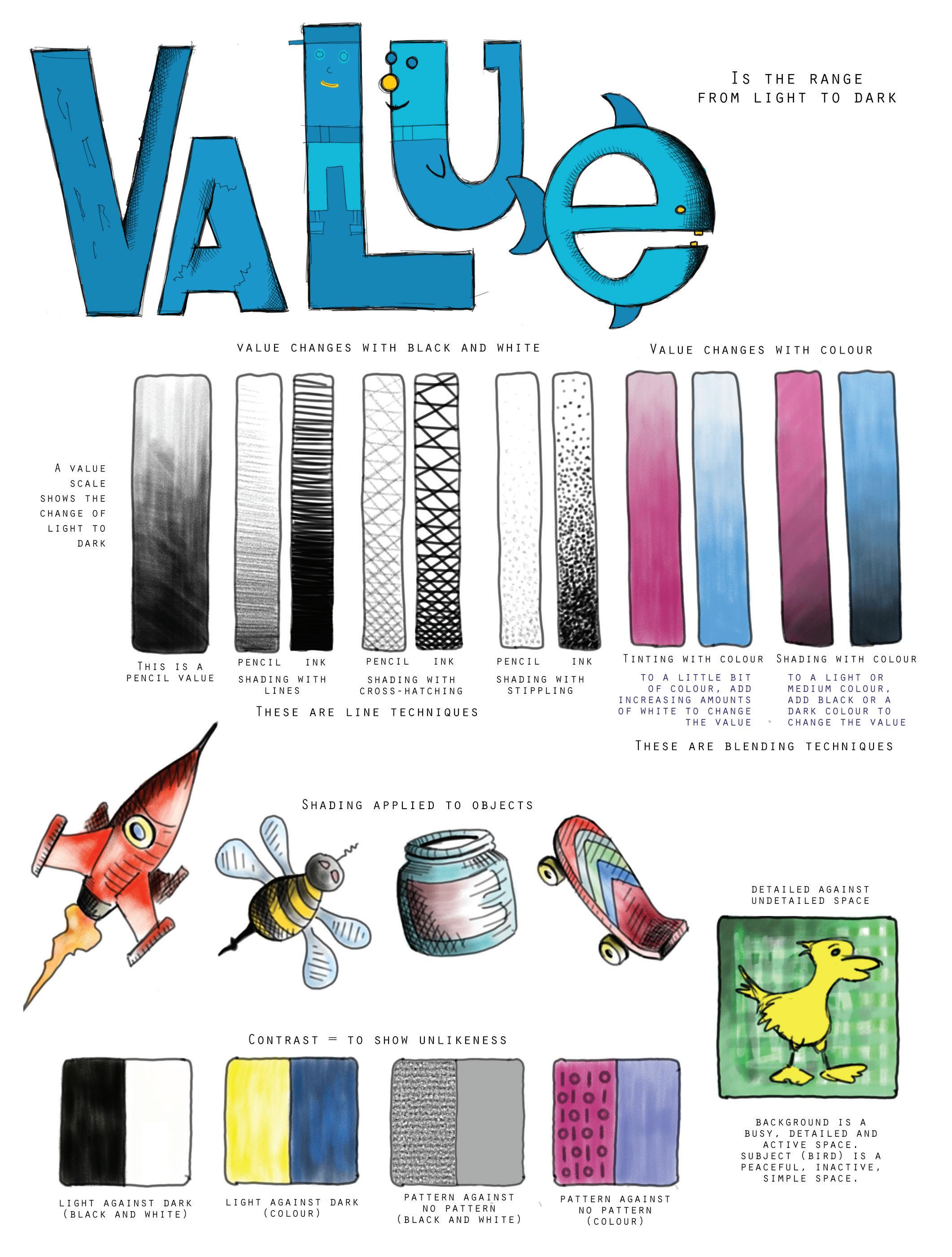
Fig. 2.4: Art elements: Value
y Colour has three properties: hue (the name of the colour, e.g., red, green, blue), value (how light or dark it is) and intensity (how bright or dull it is). Primary colours (red, blue and yellow) are the only true colours. All other colours are mixed by using primary colours. Secondary colours (green, orange, violet) result from mixing two primary colours. Intermediate colours or tertiary colours, are made by mixing a primary and secondary colour. Complementary colours are on opposite sides of the colour wheel.
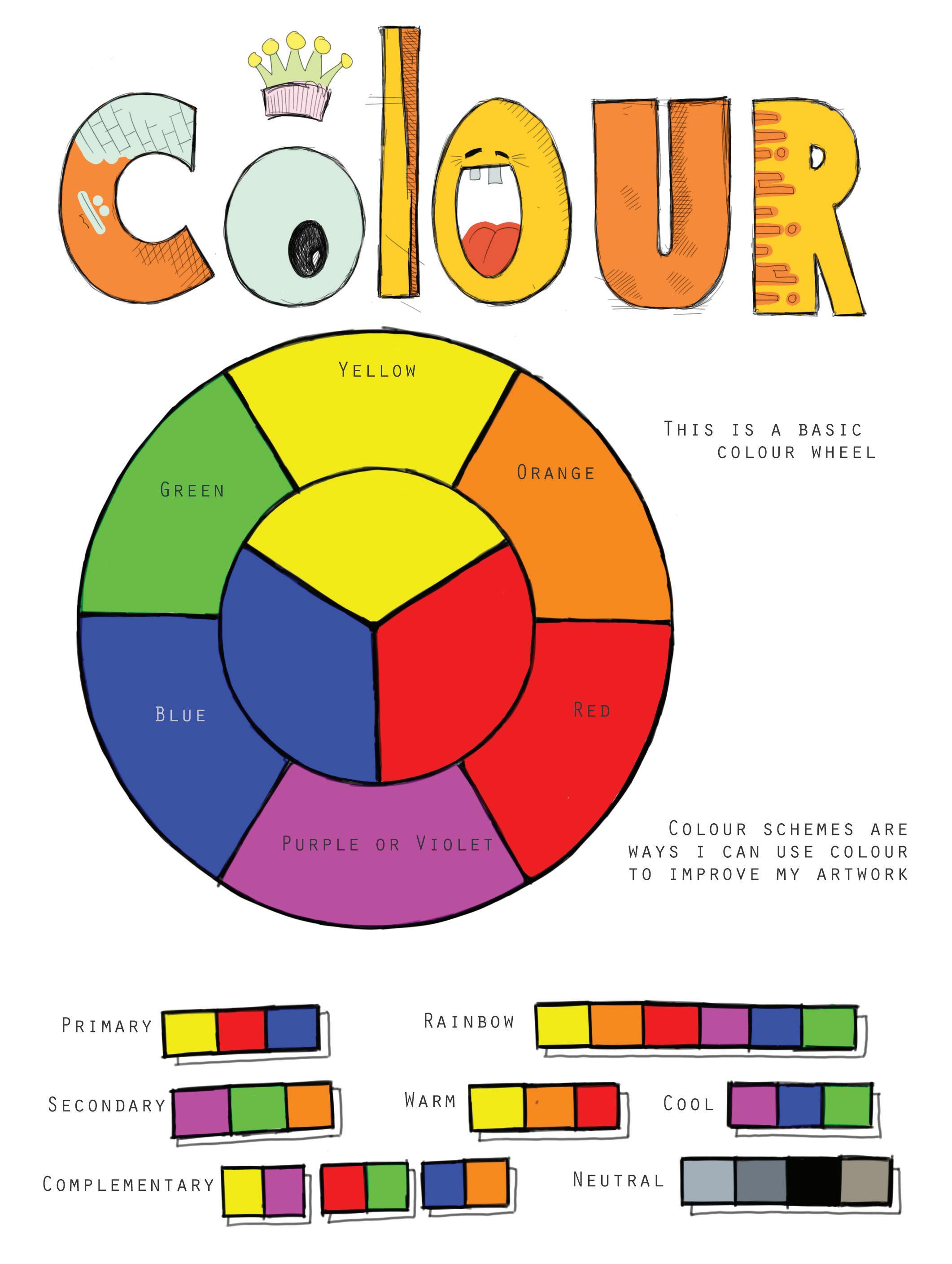
Fig. 2.5: Art elements: Colour



